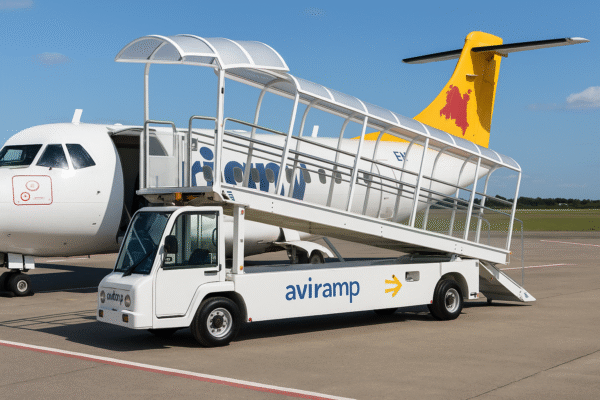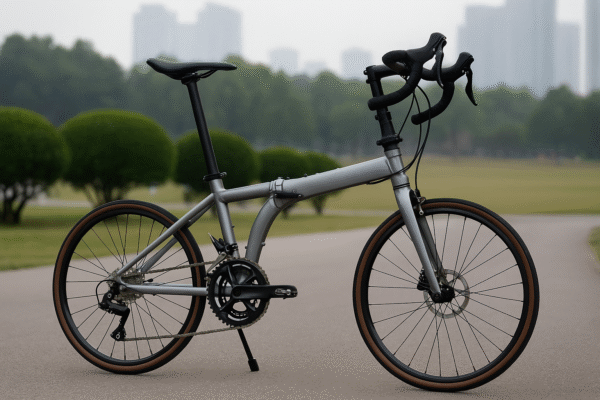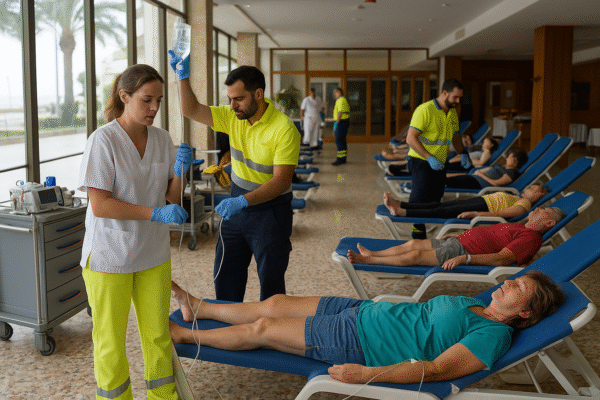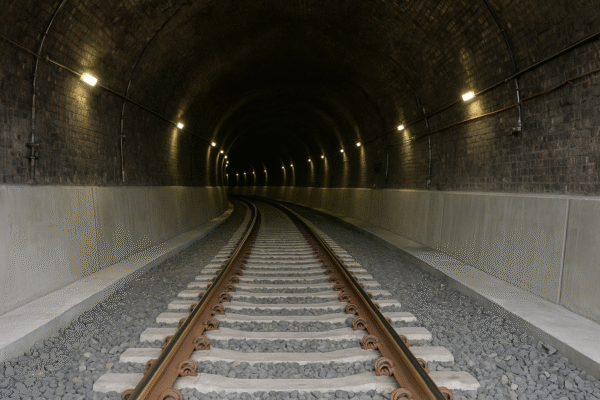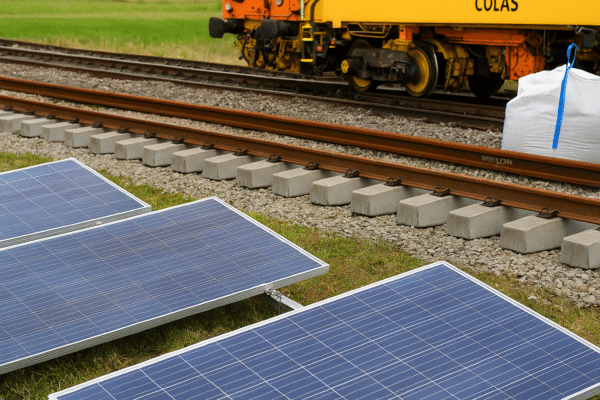Bristol, UK — A pioneering rail infrastructure trial by the South Rail Systems Alliance (SRSA) has slashed carbon emissions by an impressive 42% on a short yet strategic stretch from Bristol Parkway to Stoke Gifford. Accomplished in just two weeks, the sustainable upgrade is a breakthrough in the pursuit of greener rail travel and offers an inspiring blueprint for future transport projects.
A New Approach to Track Renewal
The trial involved a 1,418-meter overhaul of mainline tracks, including essential overhead line adjustments—swiftly executed through two coordinated blockades. Led by a collaboration of Colas Rail UK, Aecom, and Network Rail, the project demonstrated how sustainable practices and expert planning can reshape rail construction.
Building a “Green Site”
Rather than relying on traditional materials and processes, the team established a fully green construction site:
- Recycled “Green Rail”: Track material made from scrap steel via electric arc furnaces reduced emissions by 241 tonnes.
- Low-Carbon Concrete Sleepers: These sleepers further cut carbon by 110 tonnes, showcasing how small material choices lead to big gains.
- Battery-Powered Tools: The site avoided fossil-fuel tools, relying instead on battery-powered equipment to minimize emissions.
- HVO Fuel for Vehicles: Road-rail machinery and tamping equipment ran on hydrotreated vegetable oil, delivering an emissions reduction of 34.8 tonnes.
- Solar Welfare Units: On-site amenities were powered by solar panels, saving 8.8 tonnes of CO₂.
In total, these measures prevented 395 tonnes of CO₂ emissions—evidence that eco-conscious construction is both effective and scalable.
Proof That Sustainability Works
Colas Rail’s Project Director celebrated the trial as proof that “net-zero railway ambitions can be turned into reality.” Despite the accelerated schedule and operational pressures, the team delivered the project safely and on-time—underscoring that sustainability need not compromise efficiency or safety.
Network Rail’s lead manager echoed that small, innovative steps like these help cement rail’s reputation as the greenest form of public transport. As the transport sector races toward low-carbon infrastructure, such trials offer a roadmap for balancing performance with planetary responsibility.
Implications for Tourism and Travel
For travelers, these developments bring tangible benefits. Eco-conscious rail upgrades enhance the appeal of train journeys—an increasingly popular and sustainable mode of travel. By reducing carbon footprint even in construction, operators reinforce rail travel’s role in and out of airports, between cities, and along scenic routes.
For destinations relying on tourism, showcasing investments in green infrastructure bolsters brand appeal. Visitors increasingly favor low-impact travel experiences, and clean, modern rail systems add to the attractiveness of regional travel.
What’s Next for Green Rail?
With the success of this trial, momentum is building for sustainable upgrades across the UK rail network. Stakeholders—from transport planners to local governments—can leverage this model for wider infrastructure projects, station upgrades, and rural rail lines.
The initiative also strengthens the case for industry-wide adoption of similar practices. From material sourcing to on-site energy use, the opportunity to reduce emissions at every stage is now clear, practical, and economically feasible.
Final Thoughts
The South Rail Systems Alliance’s carbon-saving trial between Bristol Parkway and Stoke Gifford proves that greener rail infrastructure is an achievable goal—not a distant dream. In just two weeks, industry leaders proved that sustainable materials, low-carbon energy, and cutting-edge logistics can dramatically reduce environmental impact.
As the UK seeks to lead in net-zero transport, this success story stands out. It offers hope that future rail network expansions, from commuter lines to major tourist routes, can ride the rails toward a cleaner, more sustainable future.
For more travel news like this, keep reading Global Travel Wire

